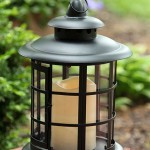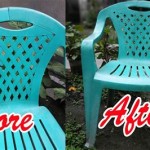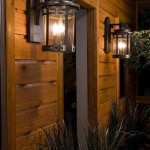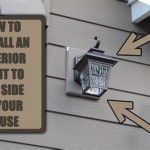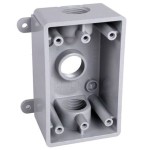How to Prevent Mold on Outdoor Cushions: Essential Tips for a Mildew-Free Patio
Outdoor cushions provide comfort and style to your patio, but they can also be a breeding ground for mold and mildew, especially in areas with high humidity. Mold growth not only compromises the appearance of your cushions but can also pose health risks, causing respiratory problems and allergic reactions. Here's an in-depth guide to help you keep your outdoor cushions mold-free and extend their lifespan:
1. Choose Mold-Resistant Fabrics
Opting for fabrics specifically designed to resist mold is crucial. Solution-dyed acrylic fabrics, for instance, are highly resistant to UV rays, water, and mildew. They retain their color even after prolonged exposure to sunlight, reducing the likelihood of fading and mold buildup. Polyester fabrics, known for their water-repellent properties, are also a good choice.
2. Keep Cushions Dry
Moisture is the primary culprit behind mold growth. Ensure your cushions are thoroughly dry before storing them away. Shake them vigorously after each use to remove excess water and let them air-dry completely in the sun or a well-ventilated area. If possible, store your cushions indoors when not in use, particularly during humid seasons.
3. Provide Adequate Airflow
Good airflow promotes evaporation and prevents moisture buildup. When choosing outdoor furniture, opt for pieces with mesh or slatted surfaces that allow air to circulate around the cushions. Avoid placing cushions tightly against walls or other furniture, as restricted airflow creates favorable conditions for mold growth.
4. Clean Cushions Regularly
Regular cleaning removes dirt, debris, and mold spores that may be lurking on your cushions. Use a mild soap solution or a commercial cleaner designed for outdoor fabrics. Avoid harsh chemicals that can damage the fabric. Softly scrub the cushions with a sponge or cloth, rinse thoroughly, and allow them to air-dry completely before use.
5. Treat Mold Promptly
If mold does occur, act quickly to prevent it from spreading. Use a mixture of equal parts white vinegar and water in a spray bottle. Apply the solution to the affected area, let it sit for 15-20 minutes, and then wipe it clean with a damp cloth. Repeat the process if necessary and ensure the cushions are completely dry before using them again.
6. Protect from Sun Damage
Excessive sun exposure can weaken the fabric, making it more susceptible to mold growth. Use UV-resistant cushion covers to protect your cushions from harmful rays. When not in use, store your cushions in a shady area or cover them with a tarp to prevent sun damage and fading.
7. Avoid Overcrowding
Overcrowding your patio with furniture can create stagnant air and increase humidity levels, contributing to mold growth. Space your furniture adequately to allow for proper air circulation and prevent moisture from becoming trapped.
Conclusion
By following these essential tips, you can effectively prevent mold on your outdoor cushions, maintaining their aesthetic appeal and ensuring a healthy and inviting outdoor living space. Remember, regular maintenance and prompt action against mold are crucial for keeping your cushions looking their best and extending their lifespan.

3 Keys To Preventing Mildew On Your Upholstered Outdoor Patio Furniture Cushions Woodstock Mattress

How To Remove Mildew Stains From Outdoor Cushions

3 Keys To Preventing Mildew On Your Upholstered Outdoor Patio Furniture Cushions Woodstock Mattress

How To Remove Mildew Stains From Outdoor Cushions

How To Remove Mildew Stains From Outdoor Cushions

Outdoor Mold Prevention And Removal Help For You

Cleaning Mrs Hinch Fans Share How To Remove Mould From Outdoor Cushion Covers Express Co

How To Prevent Remove Mildew On Outdoor Cushions Lagoon Design Furniture

5 Ways To Remove Mold Mildew From Outdoor Cushions Prudent Reviews

How To Remove Mildew From Outdoor Furniture Cushions

